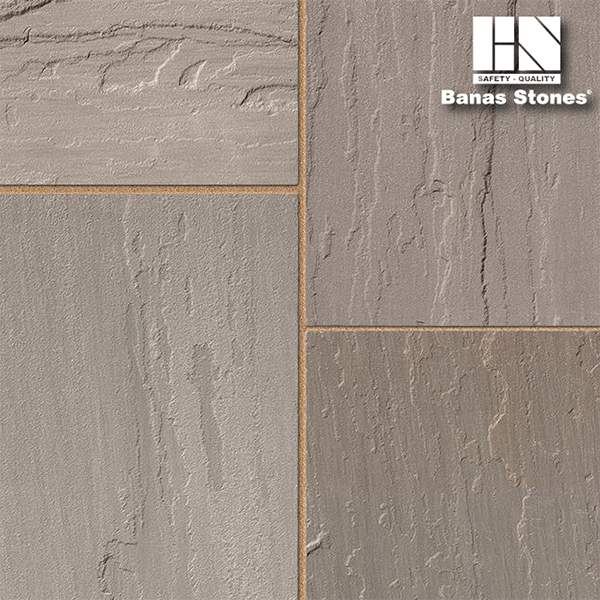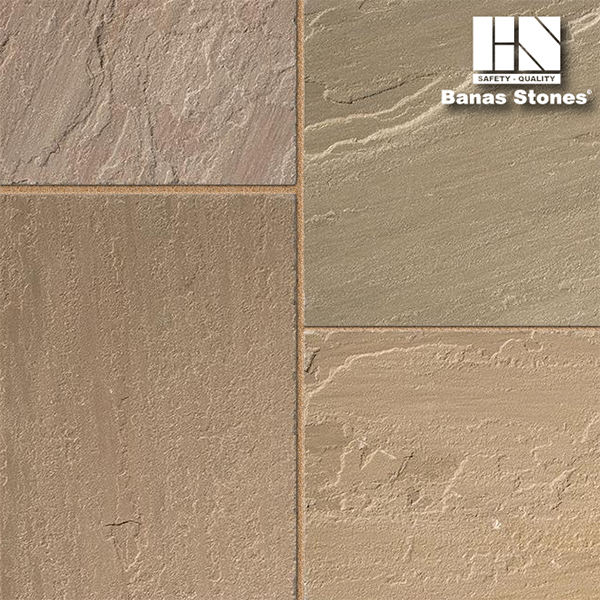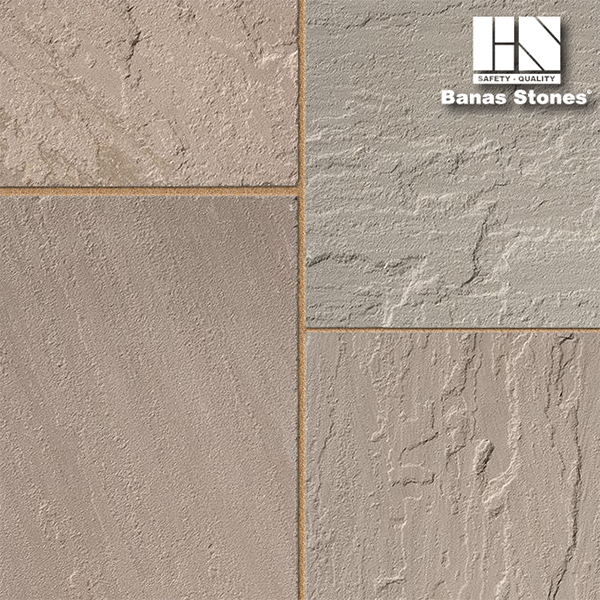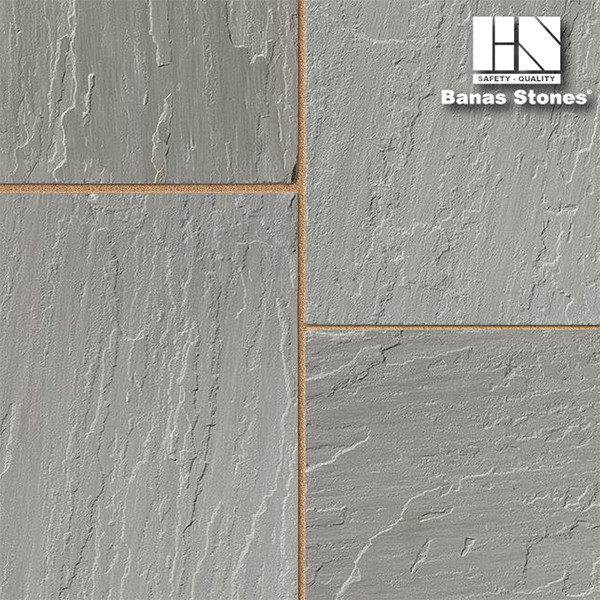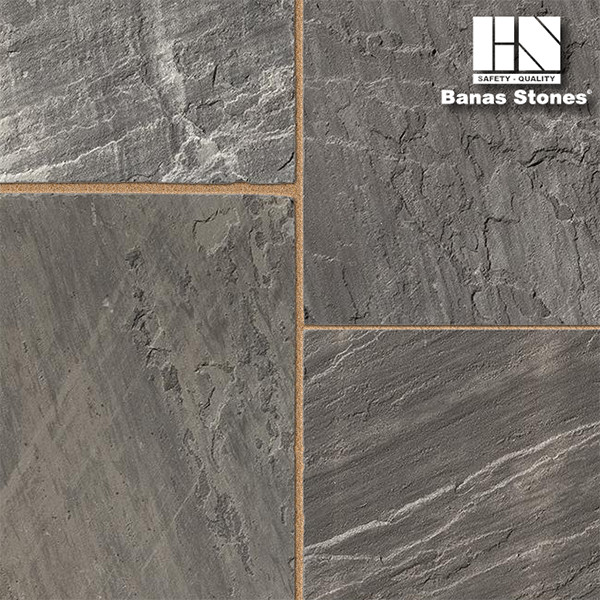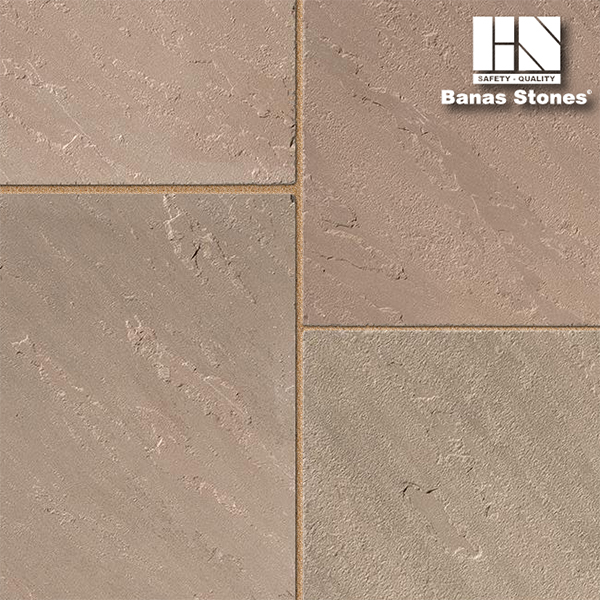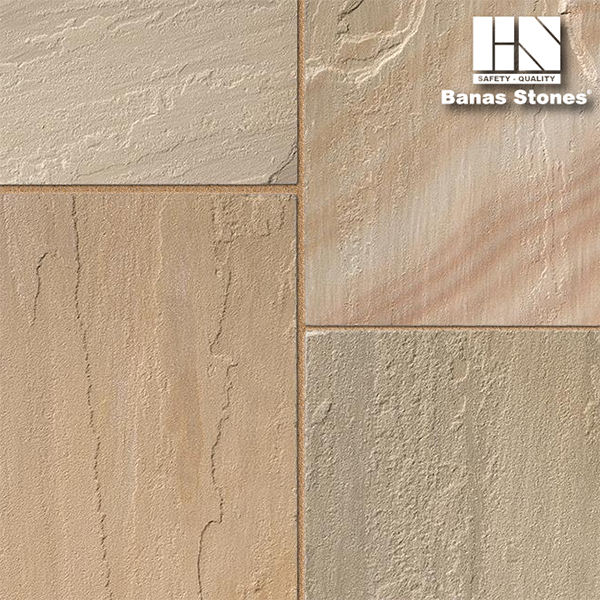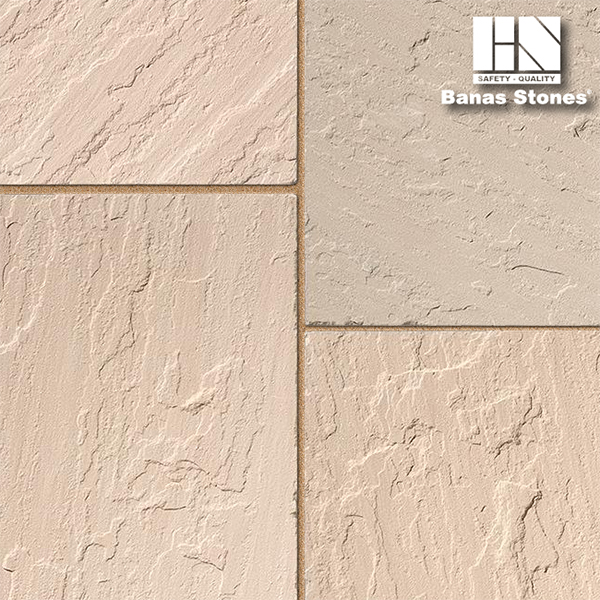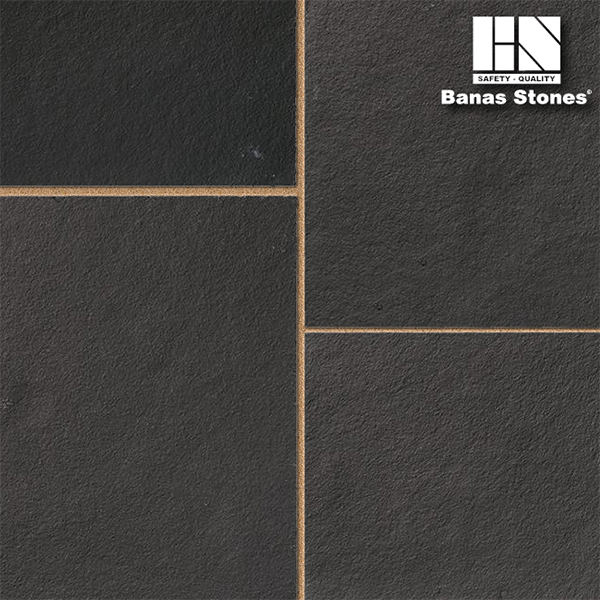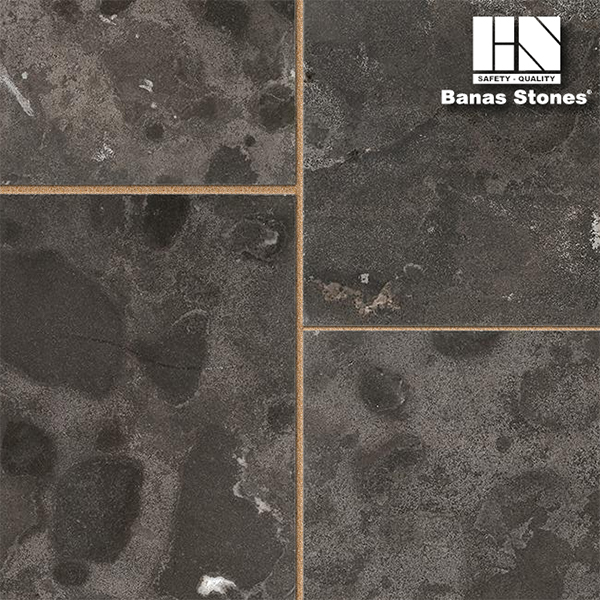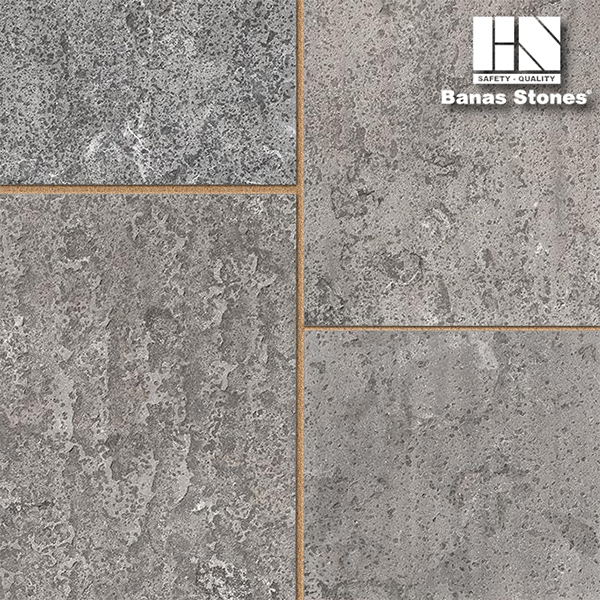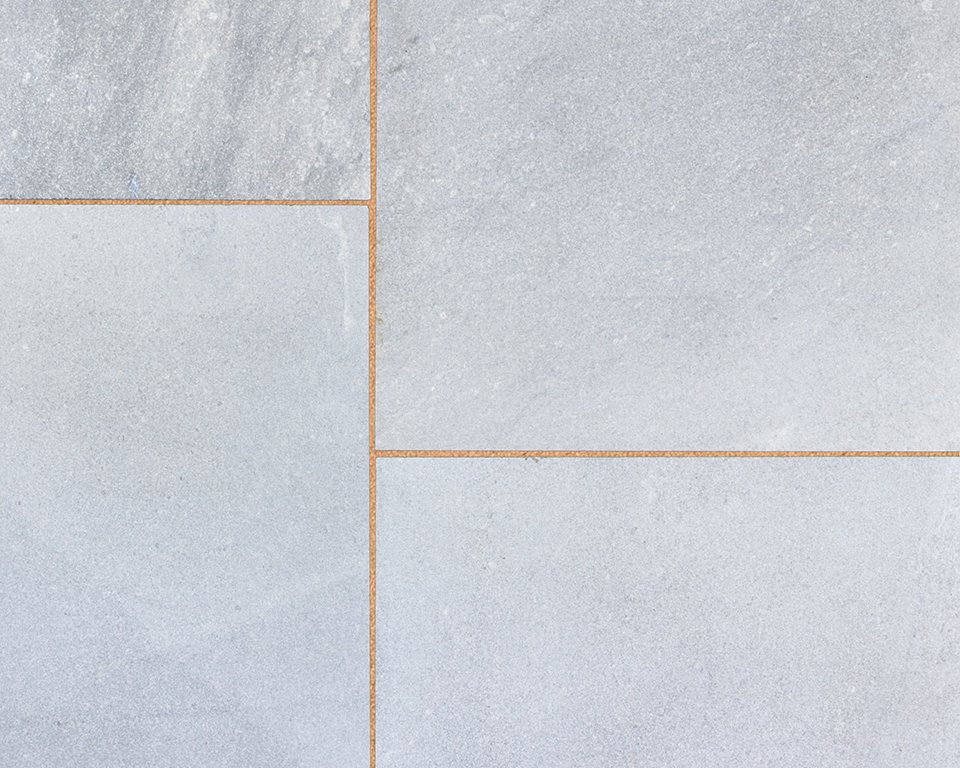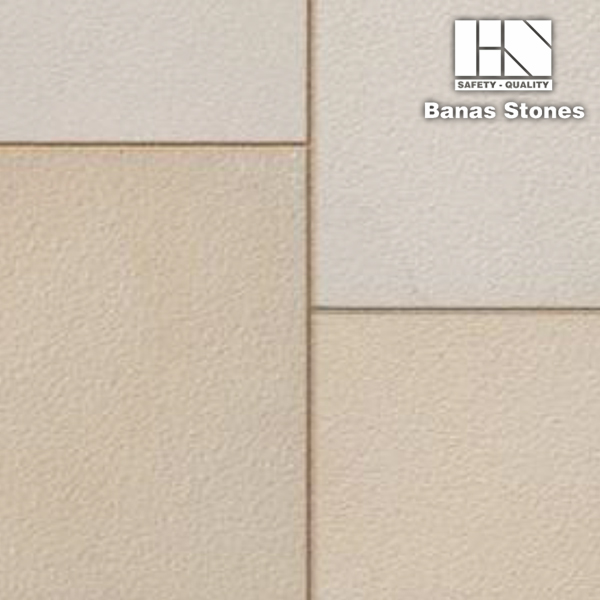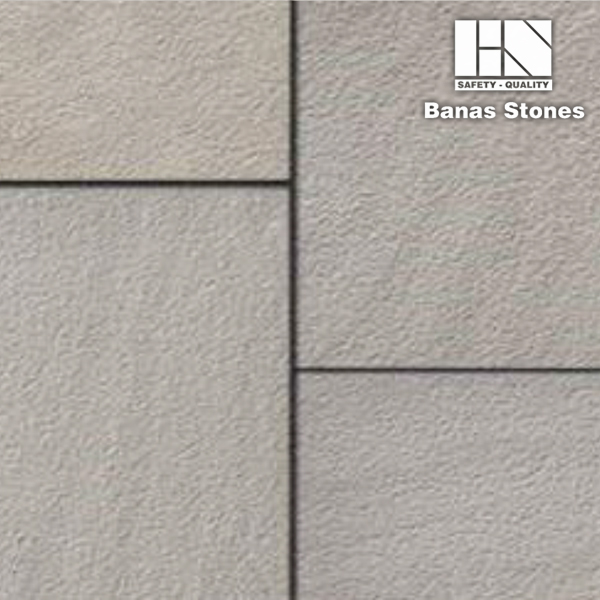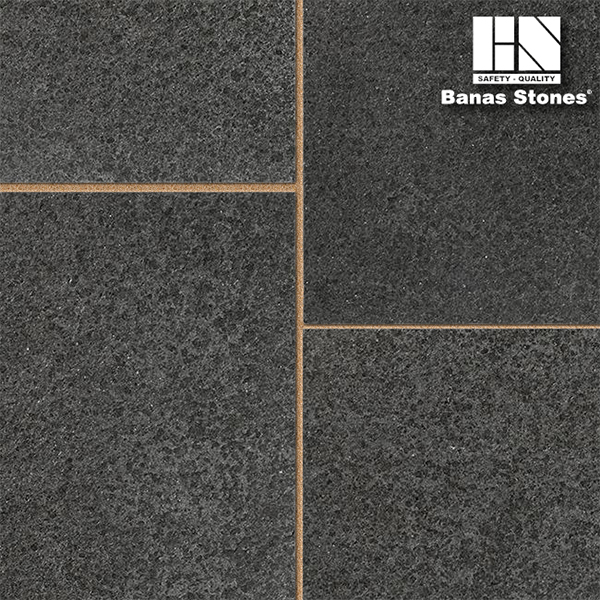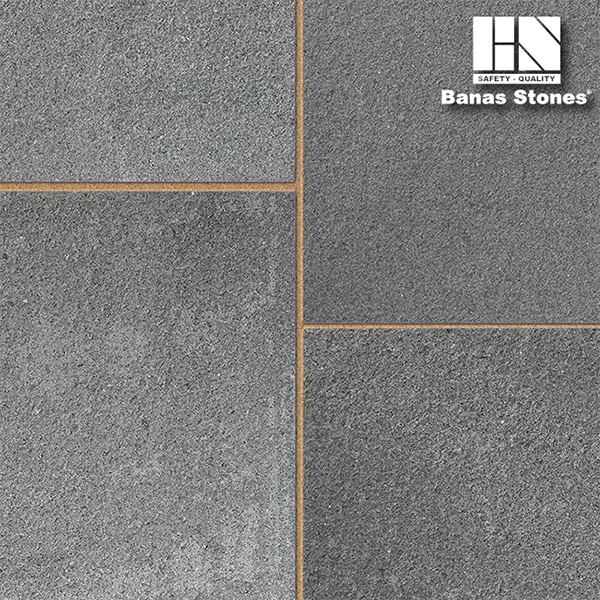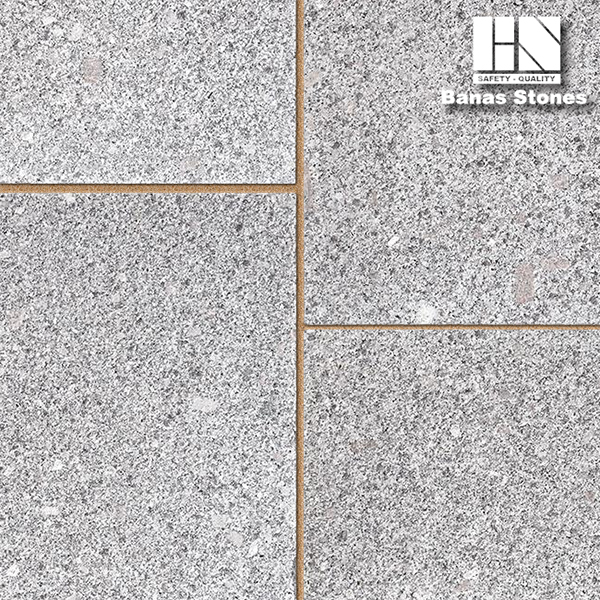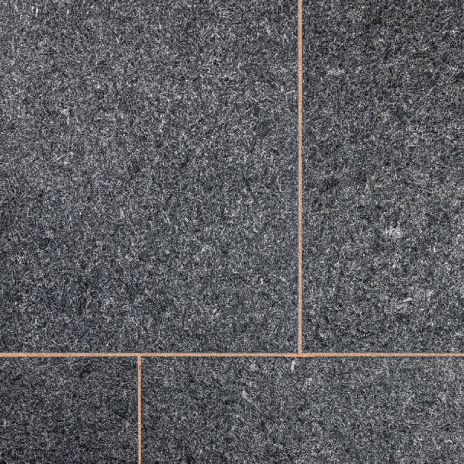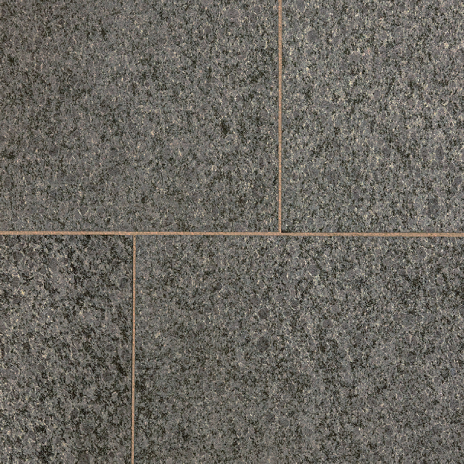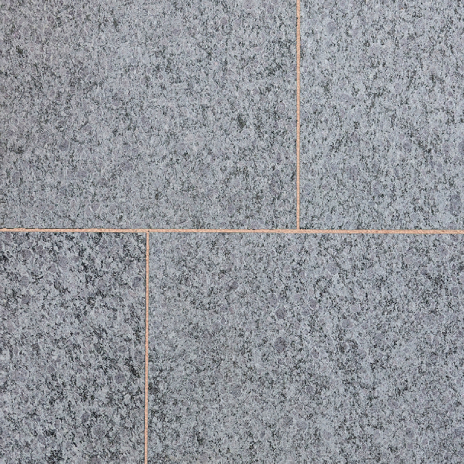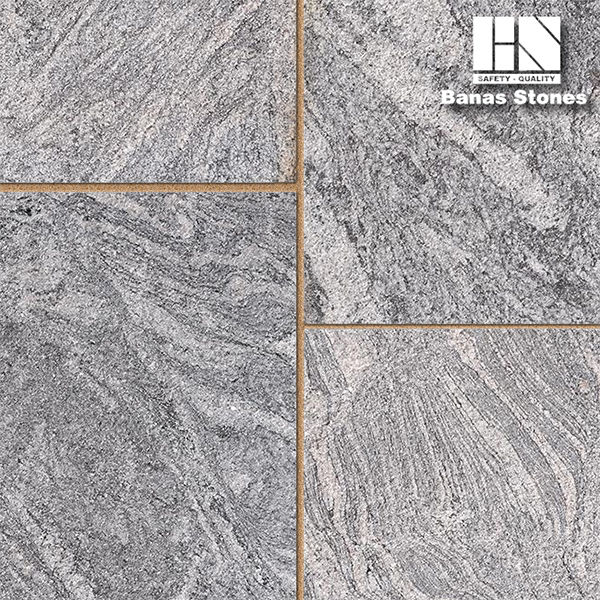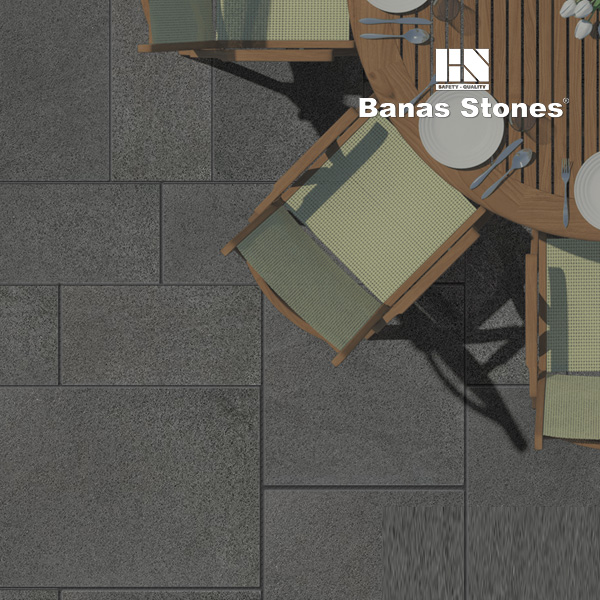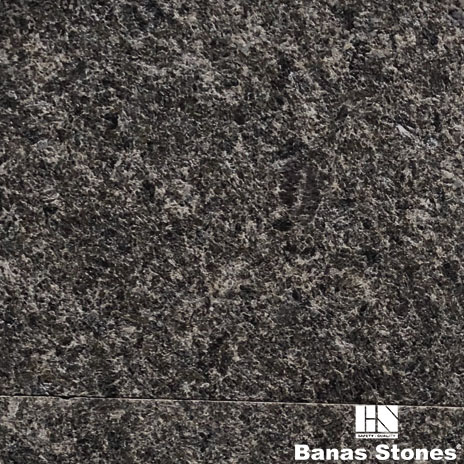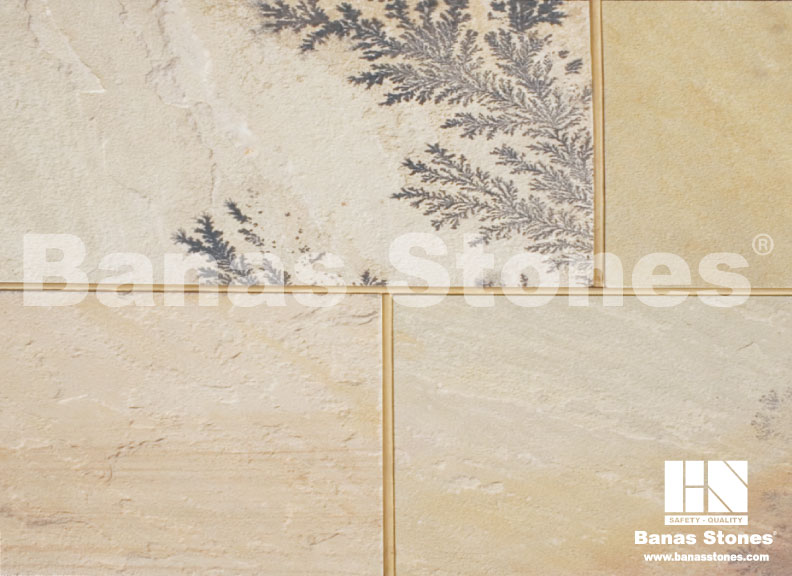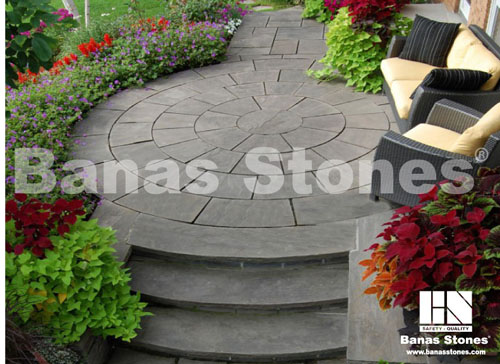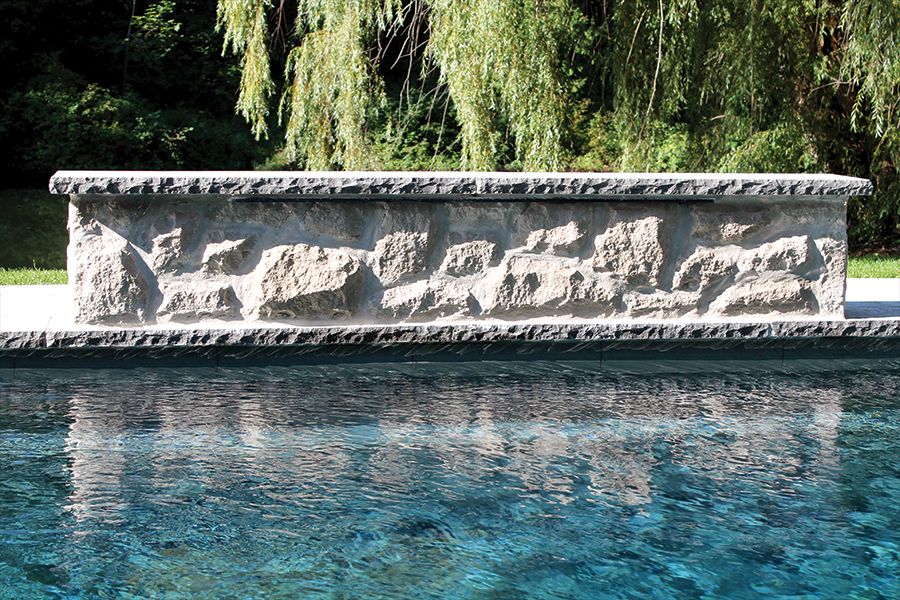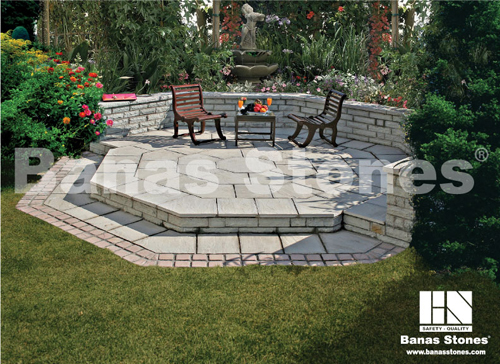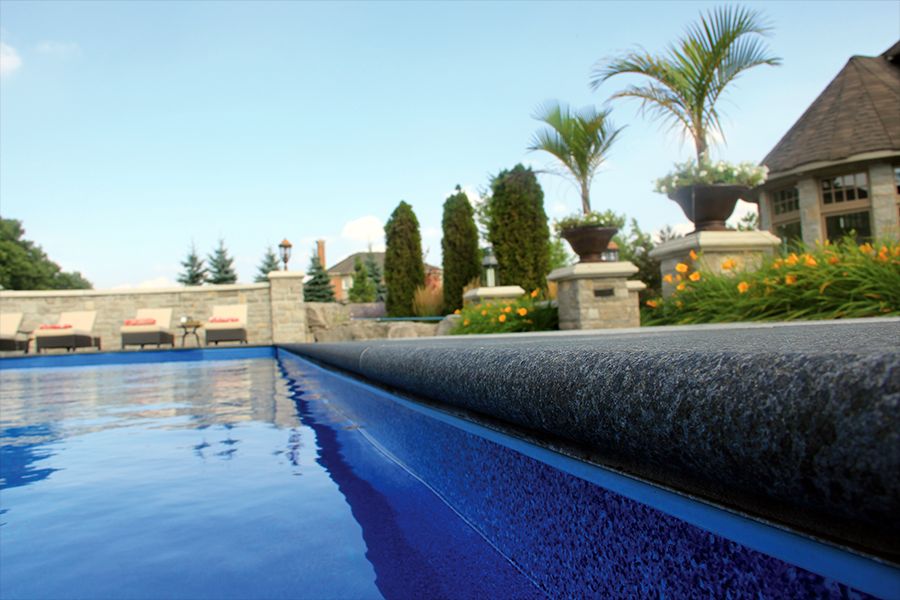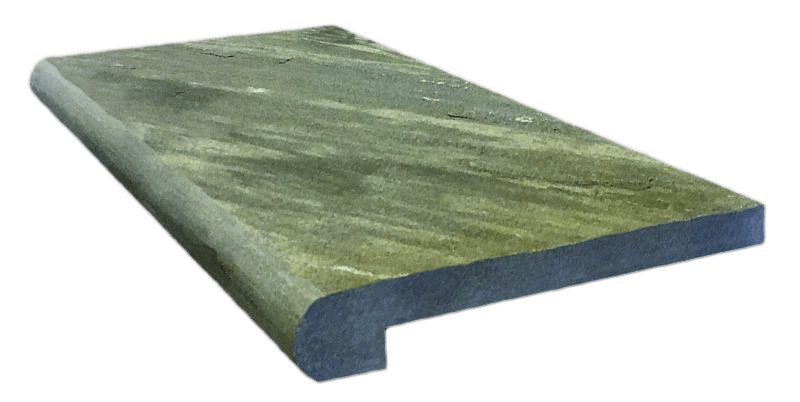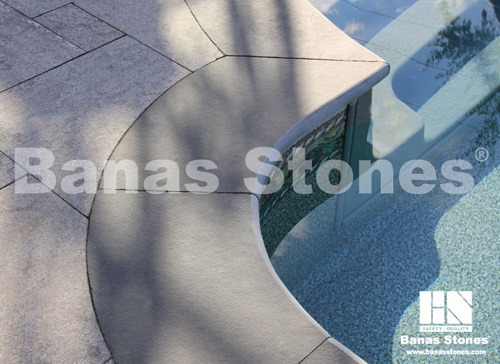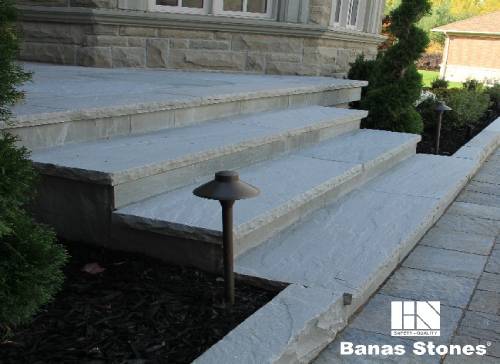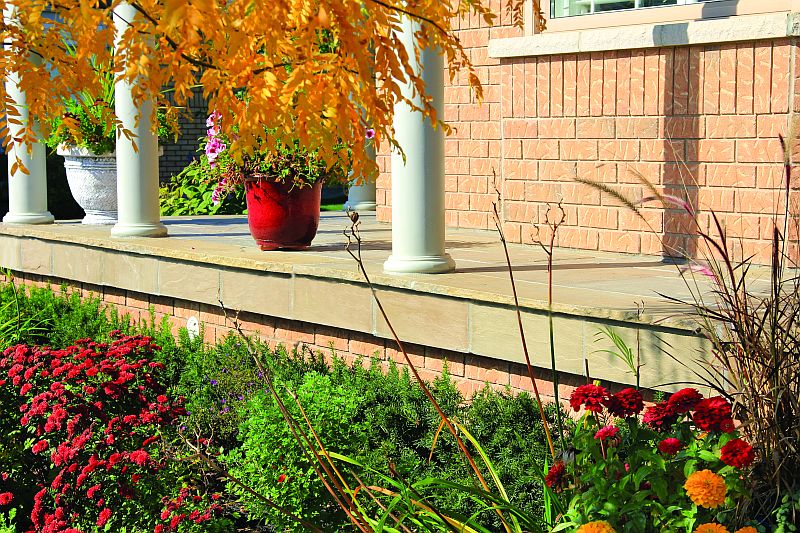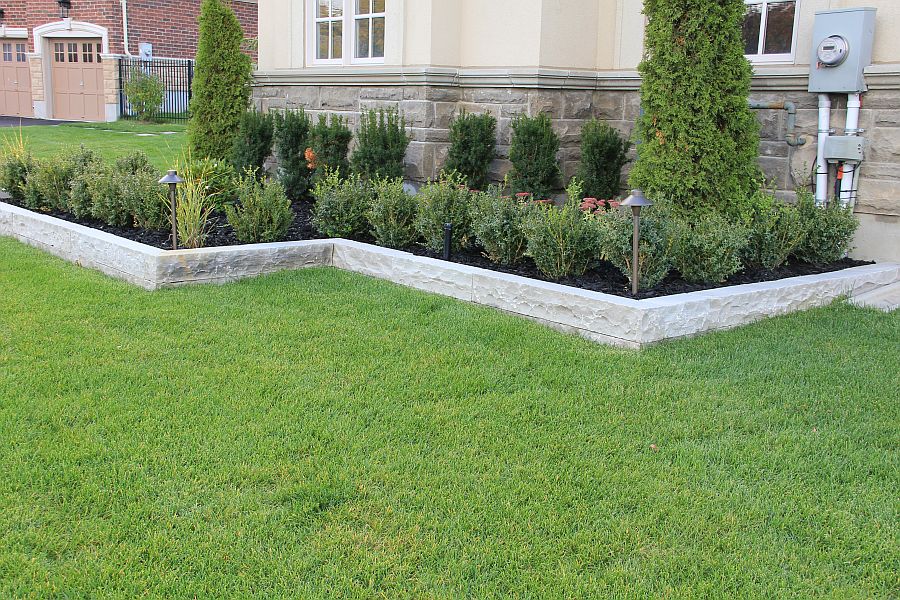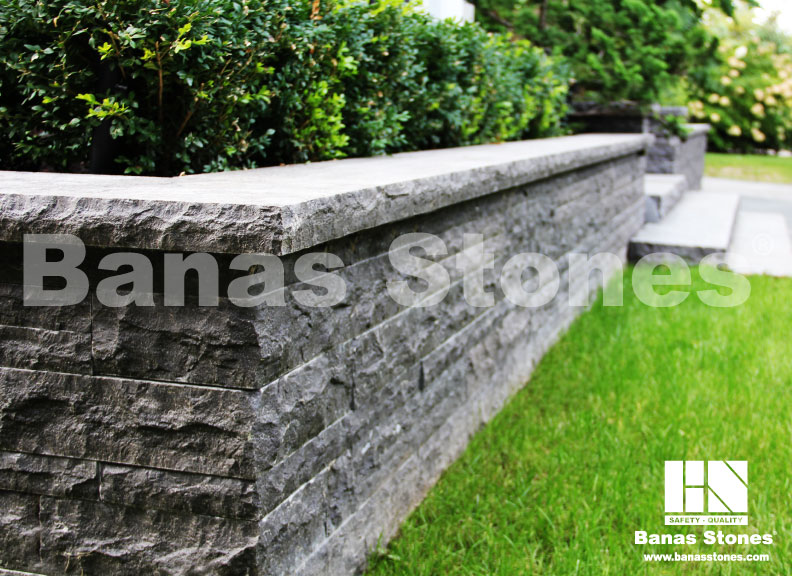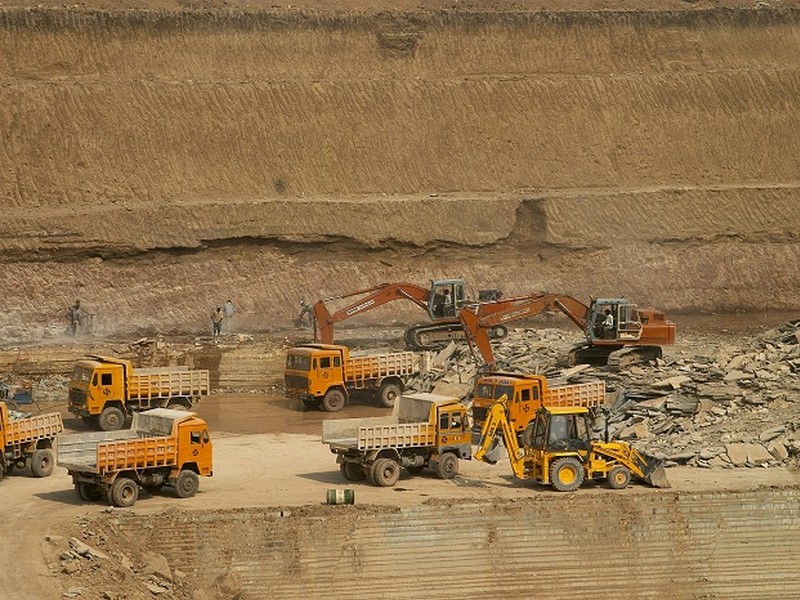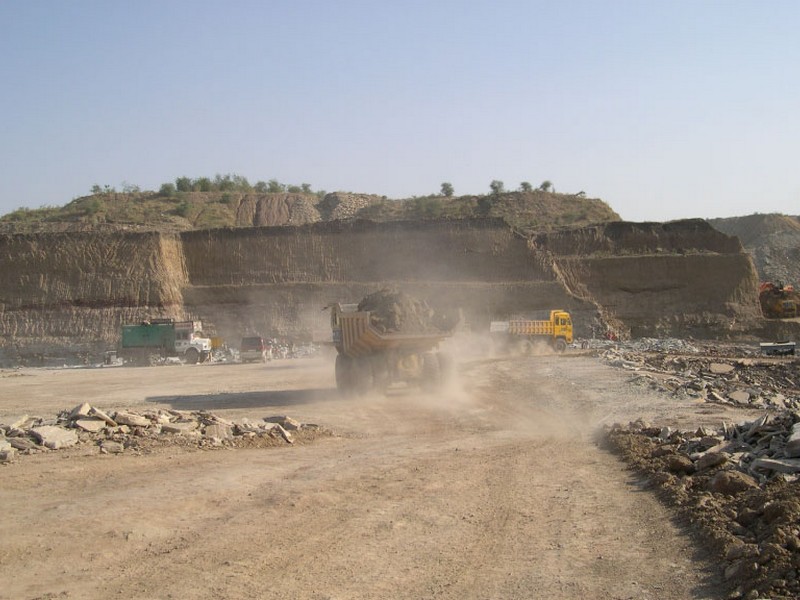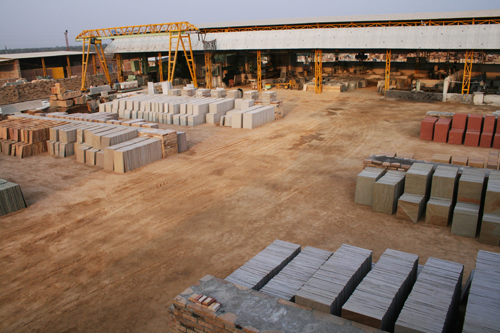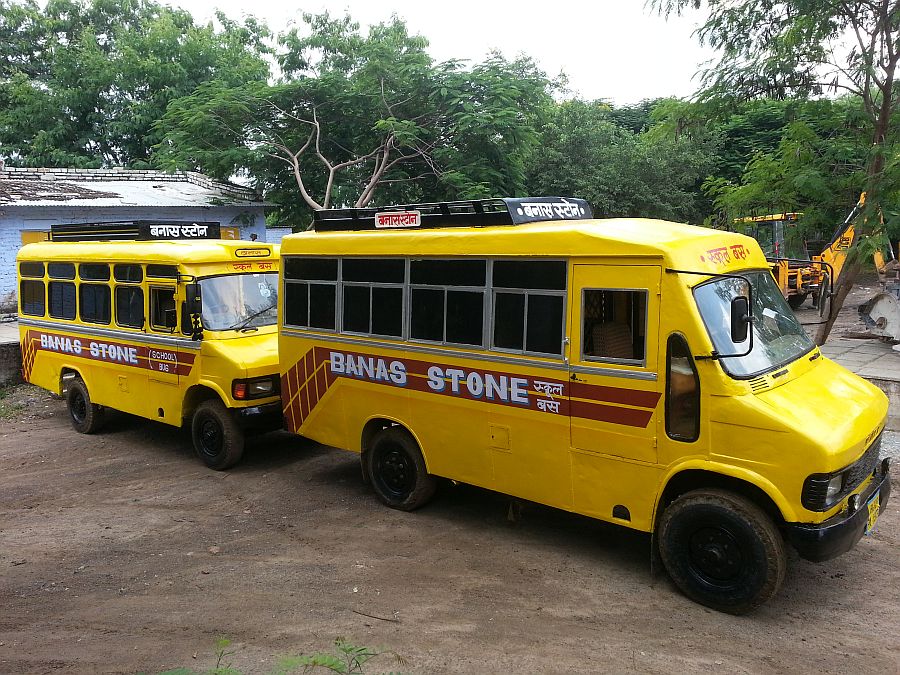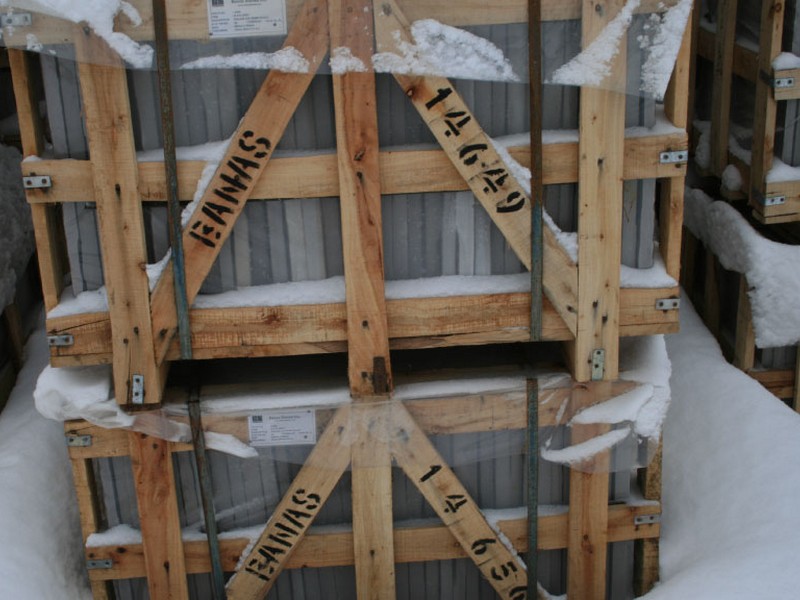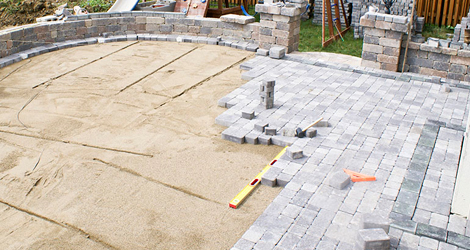 In the world of landscaping and construction, choosing suitable materials and installation methods is crucial not only for aesthetic appeal but also for environmental sustainability. Banas Stones, a renowned provider of natural stone products, offers a range of options for stone installation, including dry lay and wet lay techniques. To assist you in making an informed choice for your upcoming project, we will examine the sustainability aspects of these two approaches and their effects on the environment in this blog.
In the world of landscaping and construction, choosing suitable materials and installation methods is crucial not only for aesthetic appeal but also for environmental sustainability. Banas Stones, a renowned provider of natural stone products, offers a range of options for stone installation, including dry lay and wet lay techniques. To assist you in making an informed choice for your upcoming project, we will examine the sustainability aspects of these two approaches and their effects on the environment in this blog.
Dry Lay vs. Wet Lay
Before delving into the environmental impact, let’s briefly differentiate between dry lay and wet lay stone installation methods.
Dry Lay
- In the dry-lay installation, stones are laid on a compacted base without using mortar or adhesives.
- The stones are set close together, creating a stable surface without additional materials.
- This method allows for water drainage and promotes a natural, porous surface.
Wet Lay
- Wet lay involves using mortar or adhesive to secure stones to a stable base.
- Mortar or sealant is applied between the rocks, creating a solid, bonded surface.
- While a wet lay provides a more stable and uniform appearance, it may impede water drainage.
Environmental Impact
Resource Usage
- A dry lay typically requires fewer materials than a wet lay, eliminating the need for mortar or adhesive.
- Reduced material usage means fewer resources extracted and transported, contributing to a lower environmental footprint.
Water Management
- Dry lay allows for natural drainage between stones, preventing water runoff and promoting soil permeability.
- Wet lay, conversely, may hinder water drainage, leading to potential runoff issues and soil compaction.
Energy Consumption
- The production and transportation of mortar or adhesive for wet lay installation contribute to higher energy consumption than dry lay.
- Dry lay minimizes the need for energy-intensive processes, making it a more energy-efficient option.
Long-Term Durability
- Dry lay installations may be more resistant to damage caused by freezing and thawing cycles, reducing the need for repairs or replacements.
- Wet lay, while providing a solid surface, may be more susceptible to cracking and damage, necessitating maintenance.
Choosing between dry lay and wet lay stone installation methods becomes crucial for sustainable construction practices. With its commitment to environmental responsibility, Banas Stones offers both options to cater to diverse project needs. Consider the specifics of your project, ecological goals, and long-term sustainability when choosing between these methods. By making an informed decision, you contribute to a greener and more sustainable future in construction and landscaping.


